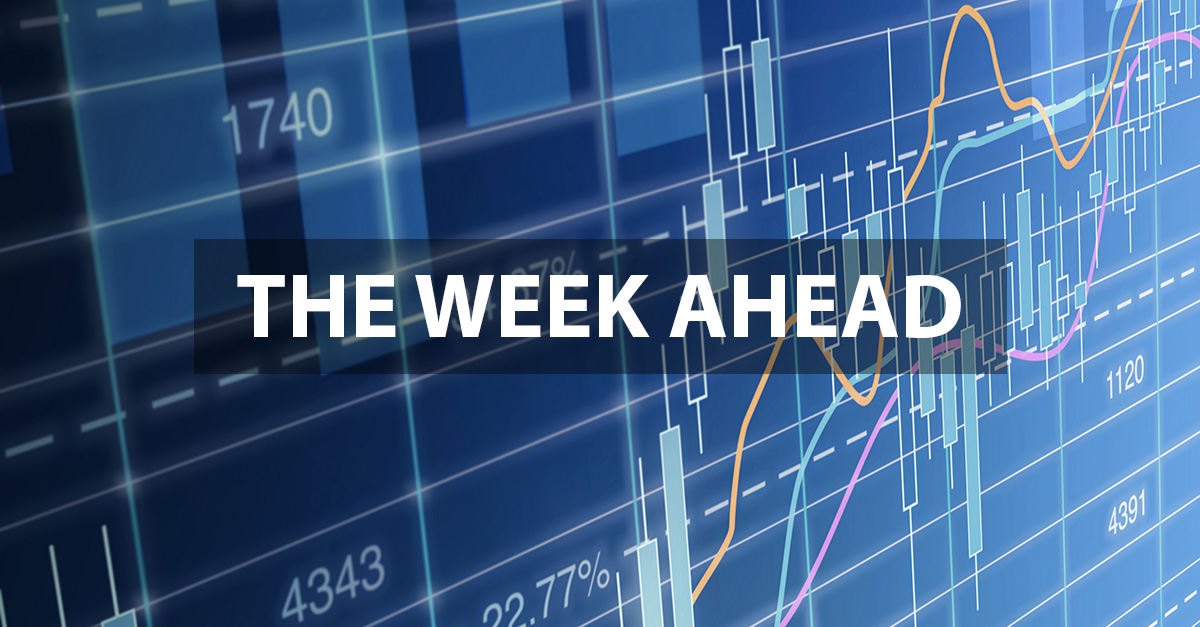Welcome to “The Week Ahead” where we take a moment to provide our thoughts on what we can expect in markets and the economy during the upcoming week.
Cupid – the mythical winged baby that carries a golden bow and arrow – is one of the most ubiquitous and iconic symbols of Valentine’s Day. Cupid’s image, or sometimes one of a heart pierced by one of his arrows, is often used to symbolize love. So how did an armed cherub become such a big part of February 14th? In Roman mythology, Cupid is the son of Venus, the goddess of love and beauty. Legend has it that Cupid shoots magical gold-tipped arrows at gods and humans alike. By piercing their hearts with one of these arrows, he causes his “victims” to fall deeply in love. A lesser-known part of the story is that he also has lead-tipped arrows, which have the opposite effect – repulsion.
In many ways, a central bank monetary policy can have an effect similar to one of Cupid’s arrows. Interest rate cuts stimulate economic growth, while the mere mention of interest rate hikes can have the effect of a lead-tipped arrow piercing the heart of investor optimism. Starting about a year ago, central banks around the world have been on a campaign to counter flagging economic growth by stimulating their economies in various ways. In just the past six months, there have been 79 central bank easings done by emerging economies (China, India, Russia, etc.), including most recently by Philippines and Brazil. Individually, each is relatively unimportant. However, as a package, they have been a significant part of the global easing cycle. Indeed, interest rates are now the lowest they have been in all of human history going back 5,000 years. In addition, the market is pricing in further potential rate cuts in advanced economies such Australia and the U.S. News that China’s central bank (PBOC) would inject $173B into the economy provided major support for global stocks, sending the Dow Jones Industrial Index up nearly 500 points on the day of the announcement. This positive price action all but wiped out the negative volatility assigned to the fears of a coronavirus pandemic.
This week, we get a plethora of valuable high-frequency data that will likely continue to confirm the strength of the U.S. economy. With record low unemployment, strong gains for consumer net worth, and near record lows in inflation and interest rates, it is not a surprise that the Consumer Sentiment Index has remained at extremely positive levels. Since the consumer accounts for nearly 70% of domestic gross domestic product (GDP) growth, we will be keeping a keen eye on this statistic. Should there be any surprises to the downside; keep in mind, the Federal Reserve and other central banks still have many (gold-tipped) arrows in their quivers to address negative economic shocks.
Data deck for February 10–February 14:
|
Date |
Indicator |
|
Feb. 11 |
NFIB small-business index |
|
Feb. 11 |
Job openings |
|
Feb. 11 |
Household debt |
|
Feb. 12 |
Federal budget |
|
Feb. 13 |
Weekly jobless claims |
|
Feb. 13 |
Consumer price index |
|
Feb. 14 |
Retail sales |
|
Feb. 14 |
Import price index |
|
Feb. 14 |
Industrial production |
|
Feb. 14 |
Capacity utilization |
|
Feb. 14 |
Consumer sentiment index |
|
Feb. 14 |
Business inventories |



